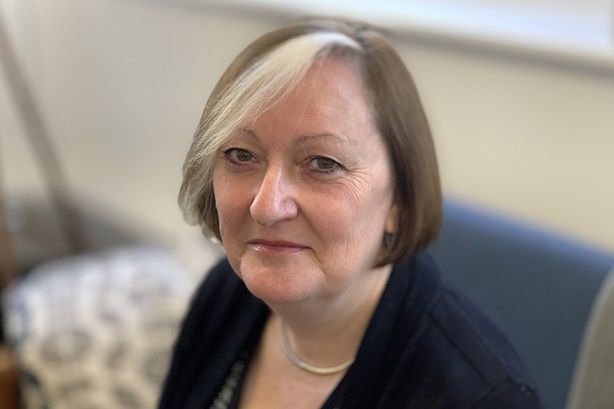
Pulmonary embolism misdiagnosis
Helen Hughes
- Communication and administration
- Lived experience
Jenny, a premature death
Last year, when Tim’s mum Jenny was taken into hospital, she was misdiagnosed as having had a heart attack. She was fitted with a stent and later discharged.
Unfortunately, Jenny deteriorated further at home and sadly died from a pulmonary embolism in February 2022.
Despite showing key symptoms throughout her care, her pulmonary embolism was not diagnosed until the post-mortem. If it been recognised sooner, she would have been more likely to have received prompt, life-saving care.
So why an independent review?
Tim was concerned about the quality of the initial investigation that took place, and the lack of assurance that learning could be taken from the care Jenny received.
So, he embarked on his own research.
What did the research tell us?
Published last month on our shared learning platform the hub, the report draws on freedom of information requests, existing data and Jenny’s care to highlight several patient safety concerns.
Some key points I wanted to share:
Avoidable deaths
The review found there was a minimum of 400 deaths attributable to pulmonary embolism misdiagnosis from March 2021 to April 2022 in England and Wales. Alarmingly, in some regions, pulmonary embolism deaths were almost three times the national average.
To prevent future avoidable deaths from misdiagnosis, it is crucial that we learn from these tragic events and translate these findings into action and patient safety improvement. We also need to fully understand the causes of regional variations and share good practice widely.
Resource issues
Concerns have been raised around the lack of resources needed to deliver safe pulmonary embolism care and assist with swift diagnoses, particularly in relation to staff, training and equipment. These have been highlighted by Tim’s independent report and also by the Royal College of Radiologists and its members.
Clinical guidance isn’t always followed
Tim’s review found that clinical guidance and diagnostic processes for pulmonary embolism were not being consistently applied, evidenced by a recent Healthcare Safety Investigation Branch (HSIB) report.
This reflects a broader area of concern highlighted in our report last year, Mind the implementation gap, that in too many areas there remains a gap between what we know improves patient safety and what is done in practice.
Raising awareness
“By publishing this report, I hope to start a dialogue that leads to positive change, so others do not suffer the loss of a loved one as we have.”
Tim Edwards
Patient Safety Learning are proud to be supporting Tim and his campaign for improvement in pulmonary embolism care and to reduce avoidable deaths.
Helen Hayes, MP has also recently raised the issue in a House of Commons debate, urging colleagues to read the report and the calls to action.
What next?
Urgent action is now needed to ensure that guidelines and diagnostic processes are up to date and being applied on the ground.
The safety concerns relating to staff, training and equipment cannot be ignored. If misdiagnoses are to be prevented, clinicians must have access to the resources they need to deliver safe and effective pulmonary embolism care.
We continue to work with Tim and others to highlight the need for change. The report includes nine detailed calls for action to improve outcomes. I would urge others to read these, share through their own networks and help influence safety improvements.
Join our community
If you would like to know more about this work, or share your experience of pulmonary embolism care as a clinician, patient or relative, please get in touch with us at content@PSLhub.org.
I’d also encourage anyone with an interest in patient safety to sign up (for free) to our global patient safety platform – the hub. It’s a huge library of resources, news and conversations focused on improving patient safety.
Biography
Helen is the Chief Executive of Patient Safety Learning, a charity and independent voice for improving patient safety. It harnesses knowledge and insights from health and social care organisations, professionals and patients for system-wide change and the reduction of avoidable harm.
Helen’s passion to improve patient safety is informed by personal family insight into the impact of unsafe care and the ineffectiveness of organisational responses to learn from error. She has been a Director and CEO at several healthcare, social justice and equality organisations, including the National Patient Safety Agency and the WHO.